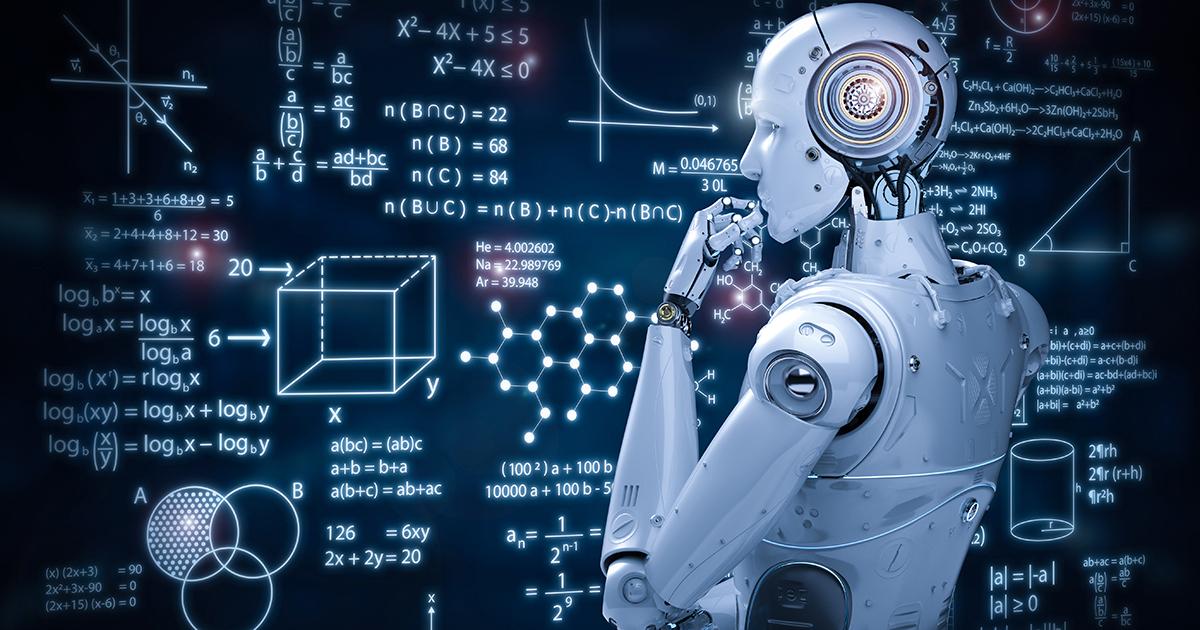The intersection of artificial intelligence (AI) and robotics is rapidly transforming industries and reshaping the future as we know it. From manufacturing to healthcare, AI is enabling robots to perform tasks that were once confined to humans. This article explores how AI is shaping the future of robotics, its benefits, practical applications, and what the future holds.
The Role of AI in Robotics
AI enhances robotics by integrating machine learning, computer vision, natural language processing, and cognitive computing. This synergy allows robots to:
-
- Make decisions based on data
-
- Understand and interpret sensory information
-
- Interact with humans and environments more effectively
1. Machine Learning and Robotics
Machine learning enables robots to learn from experience. It empowers them to adapt to new situations without explicit programming. The continual learning enhances their operational efficacy across various tasks.
2. Computer Vision
Robots equipped with computer vision can analyze visual data, helping them to navigate their surroundings, identify objects, and even interact with people through facial recognition.
3. Natural Language Processing (NLP)
NLP allows robots to understand and respond to human language. This capability is essential in applications like customer service robots and personal assistants, making human-robot interaction seamless.
Benefits of Integrating AI in Robotics
Integrating AI with robotics offers numerous benefits, including:
| Benefits | Description |
|---|---|
| Increased Efficiency | AI-powered robots can perform repetitive tasks more quickly and accurately than humans. |
| Enhanced Learning | Robots can improve their performance over time through machine learning algorithms. |
| Cost Reduction | Automation reduces labor costs and human error, leading to lower operational expenses. |
| Safety Improvement | Robots can work in hazardous environments, minimizing risks to human workers. |
Real-World Applications of AI in Robotics
The application of AI in robotics spans several industry sectors. Below are a few notable case studies:
1. Healthcare Robotics
AI-enabled surgical robots assist surgeons in performing complex procedures with high precision. For instance, the da Vinci Surgical System uses AI to enhance the capabilities of human surgeons, resulting in less invasive surgeries with quicker recovery times.
2. Manufacturing Automation
Companies like Amazon and Siemens use AI-powered robots in their warehouses and production lines to streamline operations. These robots can adapt to changes in product types and configurations, optimizing workflow and increasing productivity.
3. Autonomous Vehicles
Self-driving cars utilize AI for navigation, obstacle avoidance, and decision-making. Companies like Tesla and Waymo employ advanced AI algorithms to ensure safety and efficiency on the roads.
Challenges in Implementing AI Robotics
Despite the many benefits, integrating AI into robotics also presents challenges:
-
- High Initial Costs: The development and implementation of AI-driven robotics can require significant investment.
-
- Ethical Concerns: The use of AI in decision-making raises questions about accountability and bias.
-
- Job Displacement: Automation may lead to job losses in some sectors, necessitating a reevaluation of the workforce.
Practical Tips for Businesses Adopting AI Robotics
If your business is considering adopting AI in robotics, here are practical tips to guide you:
-
- Assess Your Needs: Clearly identify the tasks you aim to automate and how AI can enhance those processes.
-
- Start Small: Begin with pilot projects to gauge the effectiveness of AI-integrated robotics before scaling.
-
- Invest in Training: Equip your workforce with the skills necessary to work alongside AI-driven robots.
-
- Ensure Compliance: Stay informed about regulations and ethical standards governing AI and robotics.
Future Trends in AI and Robotics
The future of AI in robotics holds exciting possibilities:
-
- Collaborative Robots (Cobots): Designed to work alongside humans, cobots are becoming increasingly common in various industries.
-
- Increased Autonomy: Advances in AI will enable robots to handle more complex tasks with less human intervention.
-
- AI in Consumer Robotics: Home robots, such as robotic vacuums and personal assistants, will become smarter and more integrated into daily life.
Conclusion
The fusion of AI and robotics is not just a trend; it is a revolution that is transforming how industries operate. With numerous applications across various sectors and a range of benefits, the future of robotics powered by AI looks promising. While challenges remain, the potential for innovation and efficiency continues to grow. As businesses and society adapt to this technological evolution, AI-driven robotics will undoubtedly shape the future in unprecedented ways.
Embracing this technology now can lead to significant competitive advantages, making it essential for businesses and individuals alike to stay informed and continuously evolve in this dynamic landscape.

